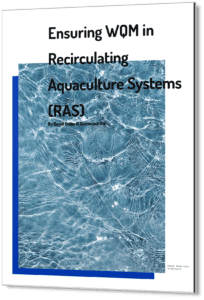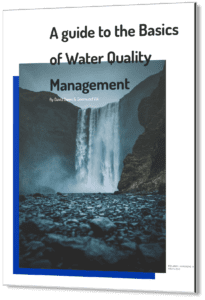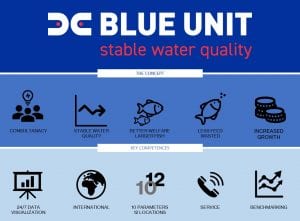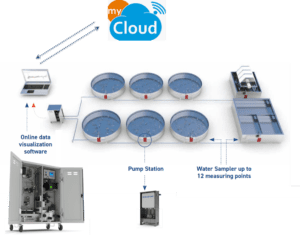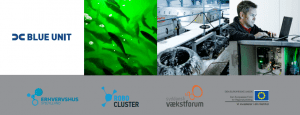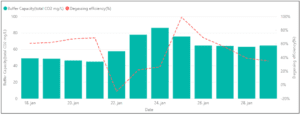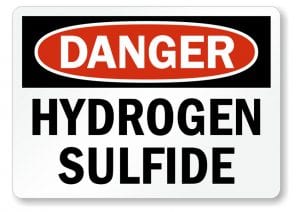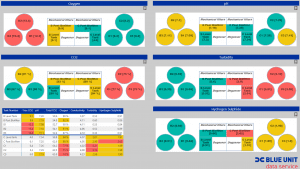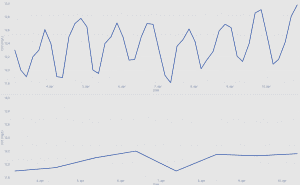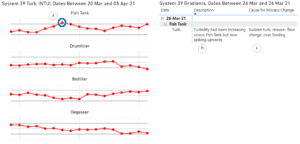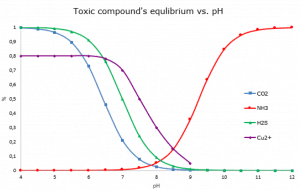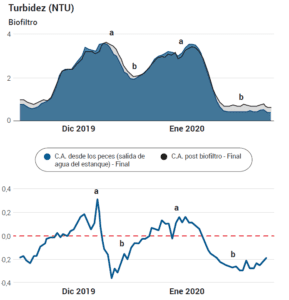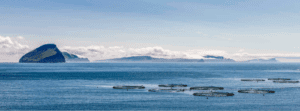Download
Knowledge base
Ensuring Water Quality Management in Reciculating Aquaculture Systems
A guide to Good Water Quality management in RAS facilities
Guide to the Basic of Water Quality Management
Basics of Water Quality Management
A brief introduction to Blue Unit
- What is Blue Unit and how does it work
- Benefits and features
- Support options
- Download the Blue Unit Brochure
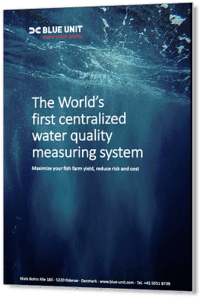
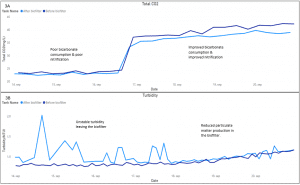
Biofilter improvements – A practical example
How simply turning down you degasser can improve your biofilter health.
Blue Unit Solution and advantages
Blue Unit’s business purpose is to generate and transform enormous amount of important, raw data collection on the fish farm into meaningful and useful information, and to cooperate with farm management in order to improve fish farm performance.
Data capture ensures stable water quality
Blue Unit has over the last year and a half participated in a project that focuses on developing Danish technologies. The case was given the title “Data capture ensures stable water quality”. You can read more in this case study.
Decreasing degasser aeration to increase buffer capacity
Fish and bacteria produce CO2 into the production water of RAS farms, it is therefore essential that a farm has complete control on the degassing efficiency of their system.
Hydrogen Sulphide – The silent killer
Elevated levels of hydrogen sulfide (H2S) have lethal effects on fish. The presence of oxygen will work against the production of H2S, but it is a very slow process that cannot protect the fish in situations with sudden spikes of H2S. These anaerobic environments with H2S can form anywhere on a fish farm, particularly in biofilters and stagnant piping systems.
Improved data representation software
Manual vs automated data collection
This white paper compares and analyzes two identical data sets presented in two different ways.
Monitoring Performance of a Water Treatment System
pH-management in a fish farm
The Super-Sized Smolt Challenge (Spanish)
The effect of light schedule on water quality
Follafoss smolt – Case study
Follafoss smolt facility is in central Norway and produces 20 million smolts each year. Follafoss built a new facility with 3 individual RAS units. Soon after starting up, different water quality challenges occurred.
